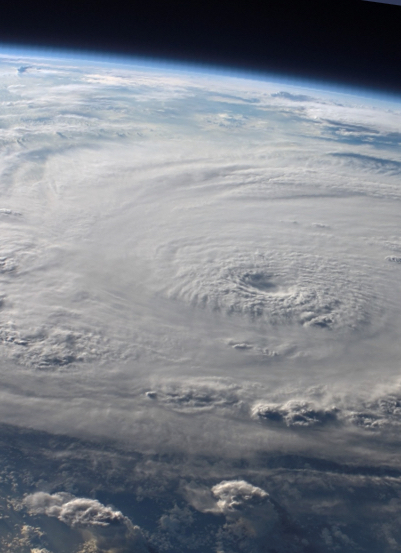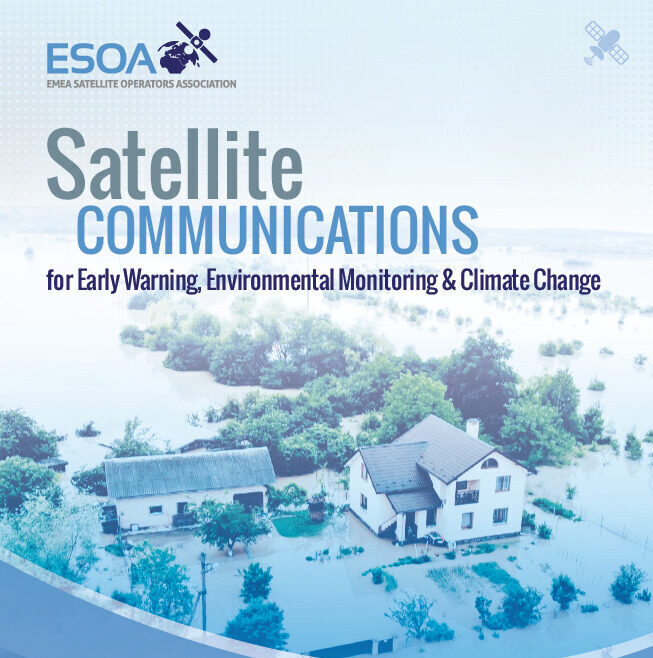Satellite communications provide a ubiquitous, always-on service technology. At times of disaster, when other communications systems are either destroyed or overloaded, satellite communications equipment can be used immediately to support relief efforts.
Ground infrastructures are often damaged and rendered useless during natural disasters and conflicts. Satellites have almost complete immunity from catastrophic events such as hurricanes, floods, and earthquakes and are therefore deployed during most if not all disasters to enable immediate vital communications for relief efforts, which otherwise would have taken days or weeks to set up. Satellite communications offer a range of solutions to meet the immediate needs of emergency response, help civil protection as well as the on-going needs of humanitarian aid.
Satellites connect emergency personnel and other first responders in many of the affected areas in the aftermath of a disaster. Often satellites provide the only source of communications in the worst hit areas for hours, days, and weeks after the disaster, providing the basic communications without which even the most basic relief operations would not be possible.
Satellite communication fulfils a number of roles which mark it out as key part of the communications infrastructure, alongside terrestrial communications. They provide high survivability, with only a single satellite terminal required by each user – and no reliance on a terrestrial network. This independence from the terrestrial network means that even if – in a worst case scenario – all terrestrial communications are destroyed, satellite communications will continue to function. Ensuring that satellite communications is integrated into the communications network provides the peace of mind that, in any situation, connectivity will always be available to those that need it most.




